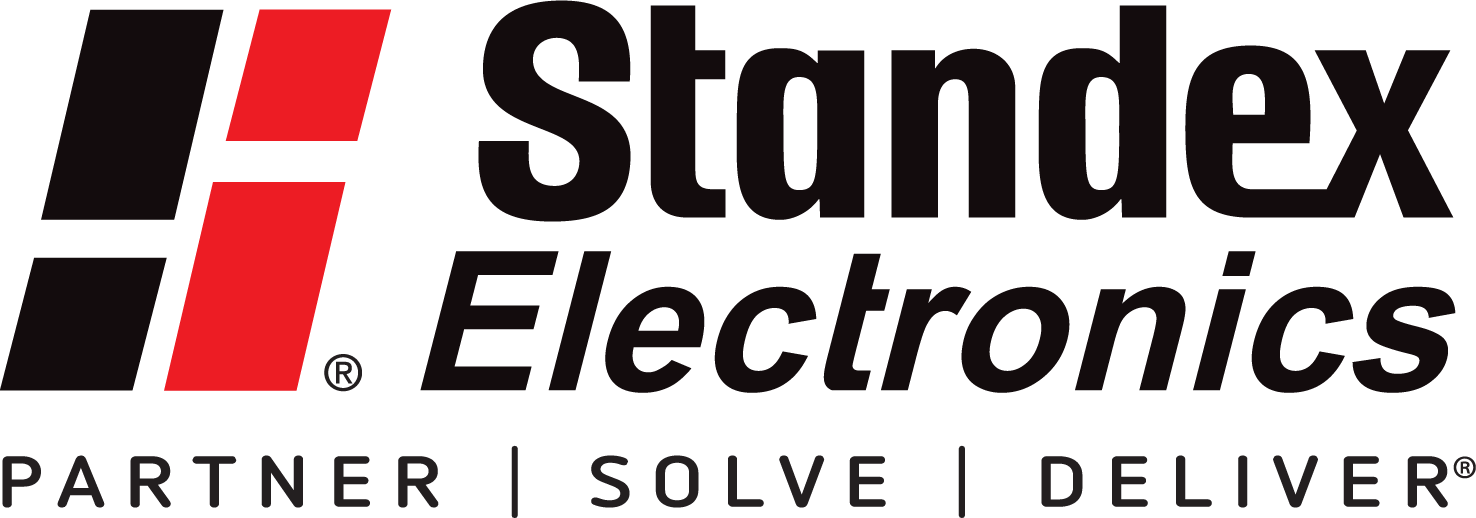
Standex Electronics
Standex Electronics is a reputable global manufacturer of electronic components and solutions. With a history spanning over 50 years, the company has established itself as a trusted provider of high-quality products for a wide range of industries. Standex Electronics offers a diverse product portfolio that includes reed switches and relays, magnetics, fluid sensors, custom electronic assemblies, and power supplies. These components are known for their reliability, precision, and advanced functionality. The company serves various sectors, including automotive, medical, telecommunications, industrial, and consumer electronics. Standex Electronics takes pride in its engineering expertise, innovative solutions, and commitment to customer satisfaction. With a strong global presence and a focus on technological advancements, Standex Electronics continues to be a preferred choice for customers seeking reliable electronic components and customized solutions to meet their specific requirements.
Angle, Linear Position Measuring
Results:
Results remaining:0
Applied Filters:
Standex Electronics
No data |
About Angle, Linear Position Measuring
Angle and linear position measuring sensors are designed to accurately determine the position of the sensor's actuator in relation to a reference point. These sensors utilize various technologies, including capacitive, Hall effect, inductive, LVDT (Linear Variable Differential Transformer), LVIT (Linear Variable Inductive Transducer), magnetoresistive, optical, or resistive technology. Angle position sensors are specifically designed to measure the rotational position of an actuator. They can be further classified based on their electrical or mechanical range and whether they allow for limited or continuous rotation. The electrical range refers to the angle measurement in degrees or radians, while the mechanical range specifies the physical limits of rotation. This differentiation allows for the selection of sensors that best match the application requirements. Linear position sensors, on the other hand, are used to measure linear displacement. They are categorized by their linear range, which can vary from 0 up to 400 inches or more. This range specification enables the selection of sensors that are suitable for different lengths of linear movement. When considering angle and linear position sensors, other factors come into play. These include the actuator type, output type and signal, mounting type, and percent linearity. Actuator types can vary, such as rotary shafts or linear sliders, depending on the specific application. The output type and signal may include analog voltage or current signals, digital signals, or even wireless communication protocols. Mounting options can include various configurations to suit different installation requirements. Lastly, percent linearity refers to the accuracy of the sensor's output relative to the actual position, with higher percentages indicating greater precision. Angle and linear position measuring sensors find applications across numerous industries, such as robotics, automotive systems, manufacturing, and aerospace. They provide accurate position feedback, enabling precise control and monitoring of moving parts or objects. These sensors contribute to improved efficiency, reliability, and safety in various systems and processes. In summary, angle and linear position measuring sensors employ a range of technologies to determine the position of an actuator. They are differentiated by their electrical or mechanical range, linear range, actuator type, output type and signal, mounting type, and percent linearity. These sensors play a crucial role in accurately measuring position in different applications, enhancing control and monitoring capabilities.
